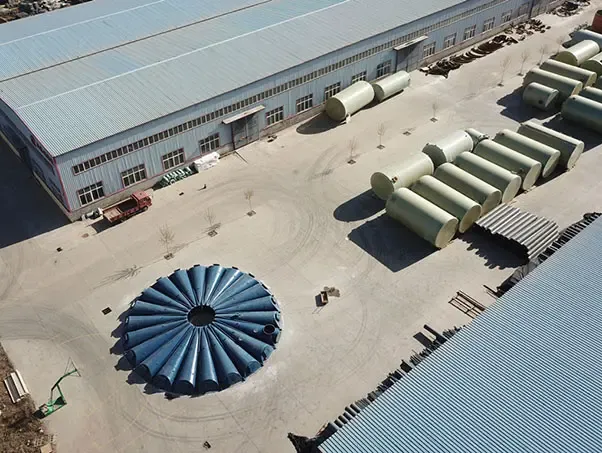
-
 Afrikaans
Afrikaans -
 Albanian
Albanian -
 Amharic
Amharic -
 Arabic
Arabic -
 Armenian
Armenian -
 Azerbaijani
Azerbaijani -
 Basque
Basque -
 Belarusian
Belarusian -
 Bengali
Bengali -
 Bosnian
Bosnian -
 Bulgarian
Bulgarian -
 Catalan
Catalan -
 Cebuano
Cebuano -
 China
China -
 China (Taiwan)
China (Taiwan) -
 Corsican
Corsican -
 Croatian
Croatian -
 Czech
Czech -
 Danish
Danish -
 Dutch
Dutch -
 English
English -
 Esperanto
Esperanto -
 Estonian
Estonian -
 Finnish
Finnish -
 French
French -
 Frisian
Frisian -
 Galician
Galician -
 Georgian
Georgian -
 German
German -
 Greek
Greek -
 Gujarati
Gujarati -
 Haitian Creole
Haitian Creole -
 hausa
hausa -
 hawaiian
hawaiian -
 Hebrew
Hebrew -
 Hindi
Hindi -
 Miao
Miao -
 Hungarian
Hungarian -
 Icelandic
Icelandic -
 igbo
igbo -
 Indonesian
Indonesian -
 irish
irish -
 Italian
Italian -
 Japanese
Japanese -
 Javanese
Javanese -
 Kannada
Kannada -
 kazakh
kazakh -
 Khmer
Khmer -
 Rwandese
Rwandese -
 Korean
Korean -
 Kurdish
Kurdish -
 Kyrgyz
Kyrgyz -
 Lao
Lao -
 Latin
Latin -
 Latvian
Latvian -
 Lithuanian
Lithuanian -
 Luxembourgish
Luxembourgish -
 Macedonian
Macedonian -
 Malgashi
Malgashi -
 Malay
Malay -
 Malayalam
Malayalam -
 Maltese
Maltese -
 Maori
Maori -
 Marathi
Marathi -
 Mongolian
Mongolian -
 Myanmar
Myanmar -
 Nepali
Nepali -
 Norwegian
Norwegian -
 Norwegian
Norwegian -
 Occitan
Occitan -
 Pashto
Pashto -
 Persian
Persian -
 Polish
Polish -
 Portuguese
Portuguese -
 Punjabi
Punjabi -
 Romanian
Romanian -
 Russian
Russian -
 Samoan
Samoan -
 Scottish Gaelic
Scottish Gaelic -
 Serbian
Serbian -
 Sesotho
Sesotho -
 Shona
Shona -
 Sindhi
Sindhi -
 Sinhala
Sinhala -
 Slovak
Slovak -
 Slovenian
Slovenian -
 Somali
Somali -
 Spanish
Spanish -
 Sundanese
Sundanese -
 Swahili
Swahili -
 Swedish
Swedish -
 Tagalog
Tagalog -
 Tajik
Tajik -
 Tamil
Tamil -
 Tatar
Tatar -
 Telugu
Telugu -
 Thai
Thai -
 Turkish
Turkish -
 Turkmen
Turkmen -
 Ukrainian
Ukrainian -
 Urdu
Urdu -
 Uighur
Uighur -
 Uzbek
Uzbek -
 Vietnamese
Vietnamese -
 Welsh
Welsh -
 Bantu
Bantu -
 Yiddish
Yiddish -
 Yoruba
Yoruba -
 Zulu
Zulu
frp boat
The Rise of FRP Boats A New Era in Watercraft Design
In recent years, the boating industry has seen significant advancements in technology and materials, with Fiber Reinforced Plastic (FRP) emerging as a game-changer for boat construction. FRP boats are gaining popularity among enthusiasts and professionals alike due to their unique combination of performance, durability, and cost-effectiveness.
FRP, which primarily consists of plastic reinforced with fibers, typically glass or carbon, offers several advantages over traditional materials like wood or metal. One of the most notable benefits is its resistance to corrosion and rust. Unlike wooden boats, which can rot and require regular maintenance, or metal boats that may develop rust, FRP boats can withstand various weather conditions without deteriorating. This makes them an ideal choice for saltwater environments where traditional materials often struggle.
.
The versatility of FRP in terms of design is also noteworthy. Manufacturers can mold FRP into complex shapes that are often difficult to achieve with other materials. This flexibility enables designers to create streamlined hulls that improve hydrodynamics and overall performance. Furthermore, the aesthetic possibilities with FRP are vast; boat builders can easily incorporate vibrant colors and unique finishes to create visually stunning watercraft.
frp boat

Environmental concerns have started to play a crucial role in material selection for boat building. Many FRP manufacturers are now adopting sustainable practices by using recycled materials in their products. This shift toward eco-friendly practices aligns with the broader movement within the boating community to reduce environmental impact and promote sustainability.
Moreover, the demand for FRP boats is rising globally. Recreational boating has gained immense popularity, especially post-pandemic, as more people seek outdoor leisure activities. This increasing enthusiasm for boating has bolstered the market for FRP boats, as more consumers recognize their benefits.
Despite their many advantages, FRP boats are not without challenges. The initial cost can be higher than that of traditional materials, which may deter some buyers. However, considering the long-term savings in maintenance and fuel efficiency, many find the investment worthwhile. Furthermore, there are ongoing innovations aimed at improving the production process, which could lead to greater affordability in the future.
In conclusion, FRP boats represent a significant milestone in boating technology. Their durability, lightweight properties, aesthetic versatility, and environmentally friendly options make them an attractive choice for both seasoned sailors and newcomers alike. As the industry continues to evolve, FRP boats are poised to play a crucial role in shaping the future of maritime adventures.
Latest news
-
Exploring the Benefits of Top Hammer Drifter Rods for Enhanced Drilling PerformanceNewsJun.10,2025
-
High-Precision Fiberglass Winding Machine for GRP/FRP Pipe Production – Reliable & Efficient SolutionsNewsJun.10,2025
-
FRP Pipes & Fittings for Shipbuilding - Corrosion-Resistant & LightweightNewsJun.09,2025
-
Premium FRP Flooring Solutions Durable & Slip-ResistantNewsJun.09,2025
-
Premium Fiberglass Rectangular Tanks Durable & Lightweight SolutionNewsJun.09,2025
-
Tapered Drill String Design Guide Durable Performance & UsesNewsJun.09,2025









